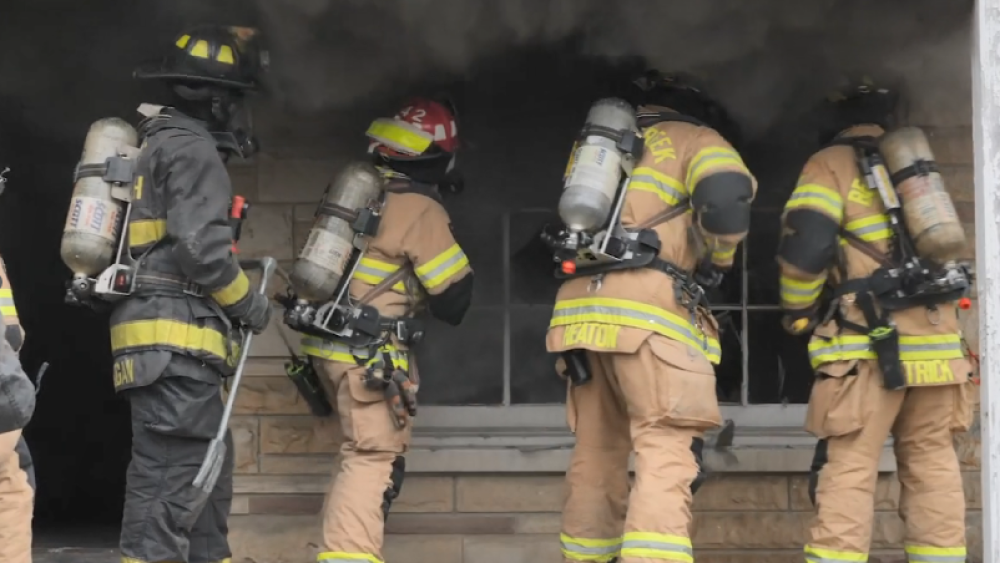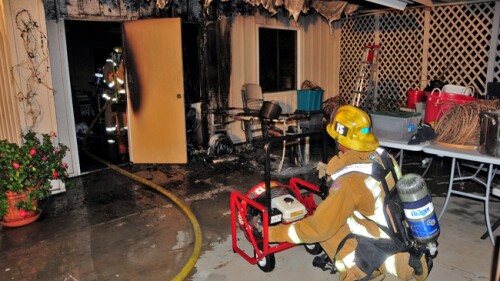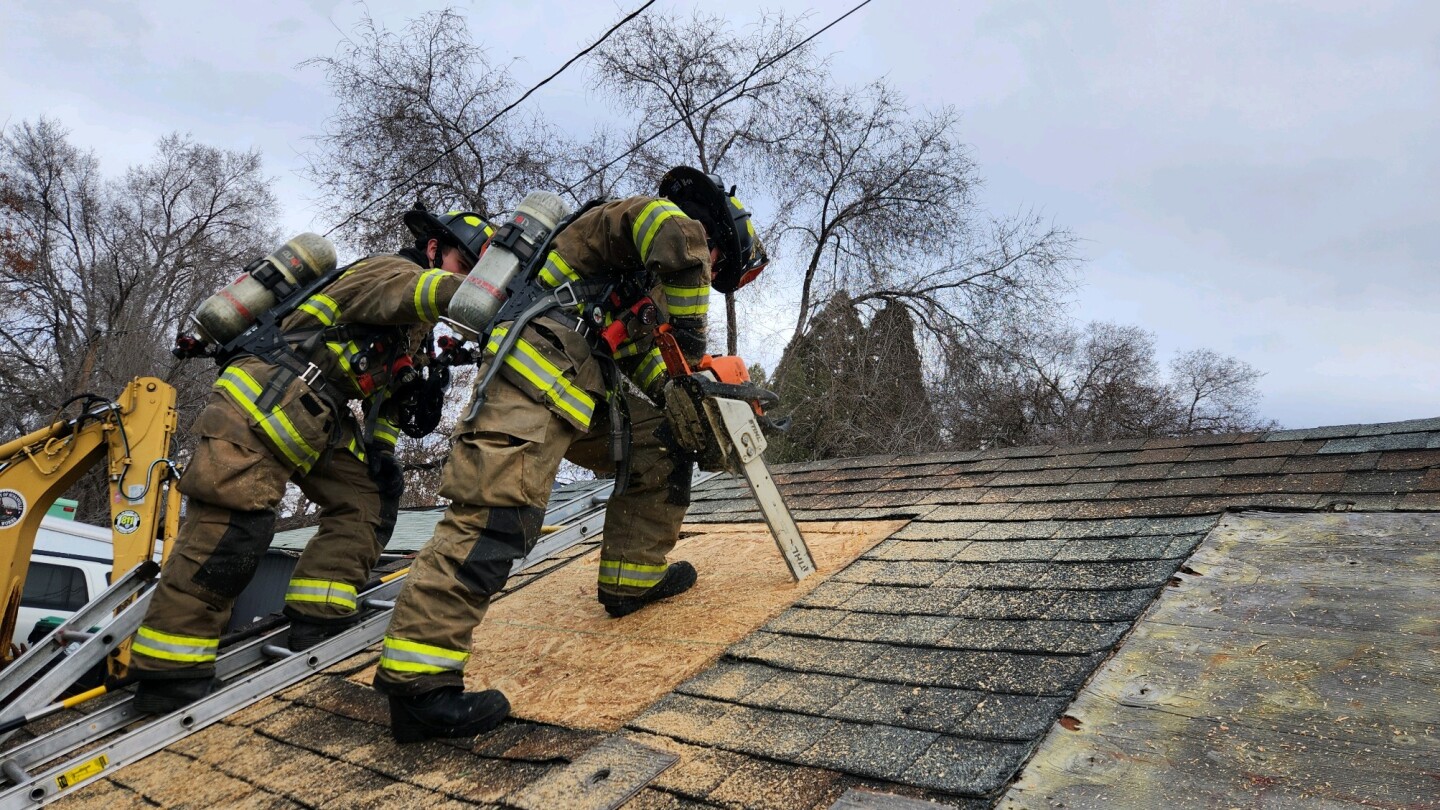As research continues to emerge, highlighting the importance of coordinated ventilation, firefighters are forced to adjust strategies and tactics. This special coverage series reviews the current ventilation-focused research and offers detailed steps for how to best implement the various ventilation operations – vertical ventilation, horizontal ventilation, positive pressure ventilation, among other tips and tricks to ensure safe fireground operations.
MOST POPULAR
- Firefighters from 11 Maine fire departments battle house fire
- Education & Training
- Reducing fireground risks: 6 key components of a structure fire 360
- ‘Worst firefighter injury we’ve had': Ore. FF remains in critical condition
- ‘Not enough fire engines for this': Fire chiefs detail L.A. wildfire damage on ’60 Minutes’
MORE FIREGROUND OPERATIONS
Use this video and its discussion questions to improve your firefighting capabilities
Pre-incident plans, proper staffing and practice make all the difference in a multi-family fire attack
Proper attitude, angle of attack and protective gear are some of the ways to make safe and successful vehicle fire attacks
Investigators are stressing the need for departments to be made aware of and train with different types of building hazards following the death of a firefighter in a bowstring roof collapse.
There is no right answer when to use either, understanding the advantages and drawbacks of both and fire behavior will lead to the right decision
For an effective and safe fire attack, it is critical to understand the cause-and-effect relationship between fire and ventilation
It is important to know the state’s rules on when property can be commandeered and to remember that those rules can be challenged in court
Monitors will give you more firefighting power without tying down personnel; here’s what to know before you buy
Babies who die in fires never had a chance to make a fire-sprinkler decision












